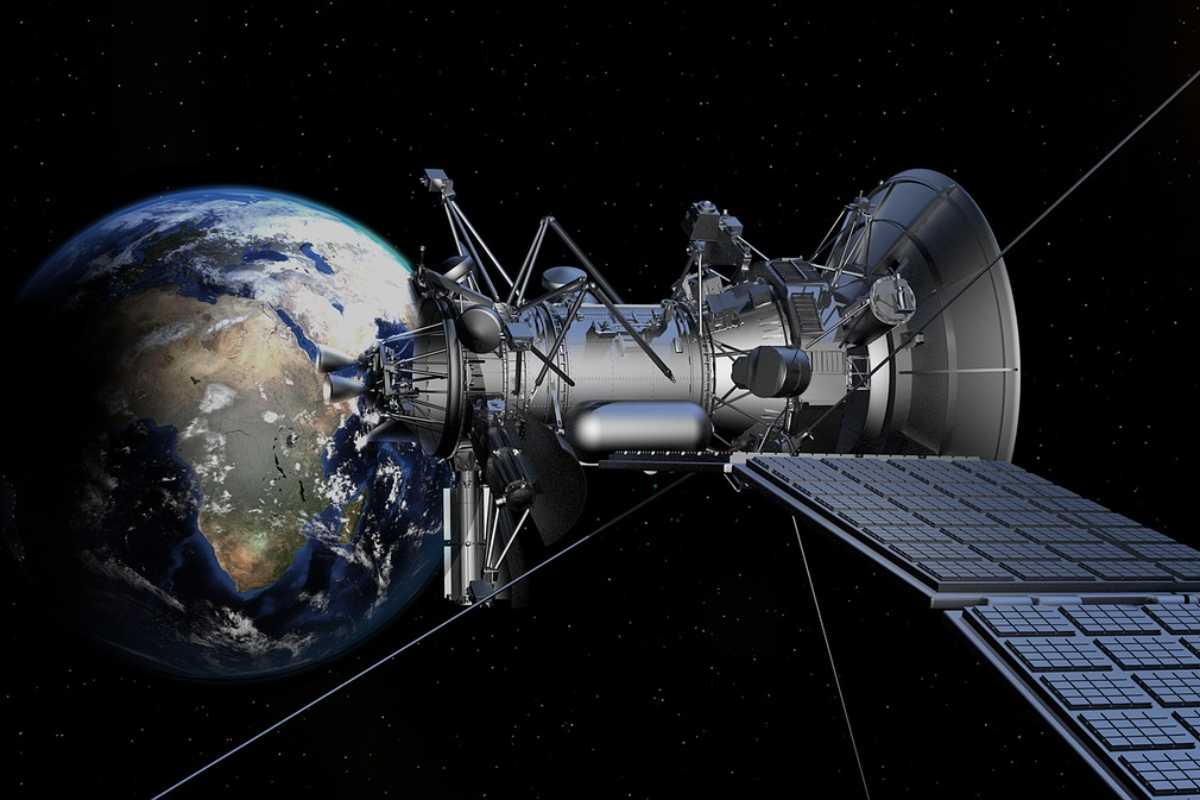SIA-India on Friday said that the existing licensing framework of India should include low bitrate satellite services with a relaxation of terminal-by-terminal fees when it comes to IoT (Internet of Things) so as to ensure success in India, as per a report by ETTelecom.
What Are The Implications Of The Inclusion?
In a statement released by Director-General of SIA-India, Anil Prakash, it is mentioned that individual terminal-by-terminal fees should be avoided whilst dealing with numerous ubiquitous user terminals that have similar technical and operational characteristics (with a blanket license approach being more suitable) This statement was in respect to TRAI’s (Telecom Regulatory Authority of India) consultation paper based on a “licensing framework" for connectivity based on satellite for low-bitrate applications. To add to this, the SatCom industry body also submitted that bands such as C-band, Ka-band, S-band and Ku-band should be utilised to provide satellite-based IoT connectivity to users. Furthermore, SIA-India also emphasised the permission that GEO (Geosynchronous equatorial orbit), MEO (medium earth orbit) and LEO (low-earth orbit) should be provided so as to get satellite-based low-bitrate connectivity. A statement reads that a hybrid model consisting of a low-power-wide-area network or LPWAN as well as satellite and Direct to satellite connectivity based models should be given permission to provide satellite connectivity for IoT devices as well as low-bitrate applications. SIA-India also added that the scope of the regulatory framework needs to extend so as to include broadband IoT applications due to the reason that each orbit consists of its own disadvantages and advantages. In relation to this, a statement released said that this policy should take into cognisance of competitive options that are meant for satellite IoT. Furthermore, with the advent of high throughput satellite systems within LEO, MEO and GEO satellite-based IoT applications might need higher bit rates coupled with lower latency. As of now, satellite-based broadband is given the status of being a new frontier that will bring developments within areas of soil, rural and urban development, agriculture, automation and education, among others. This, as per SIA-India, is achievable via the authorisation of commercial VSAT CUG services, which provisions data using VSAT terminals to CUG terminals.
